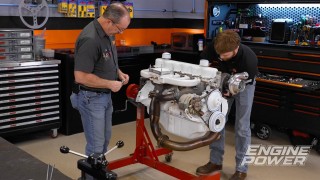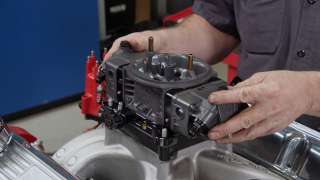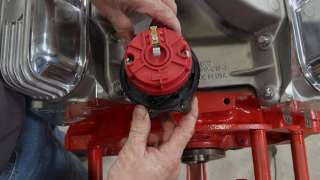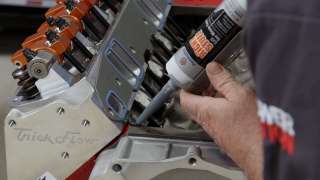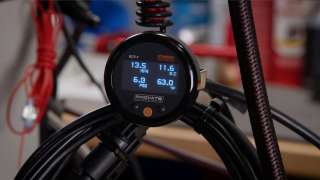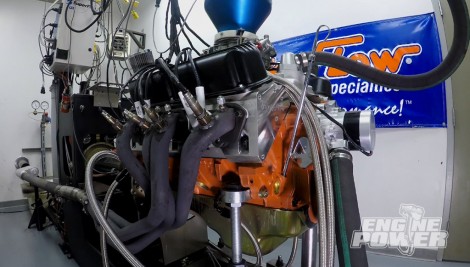
Assembling a 410 Mopar with High Flow Induction
Mopar fans rejoice! Chrysler’s venerable muscle car powerplant gets a big cubic inch increase and the induction package you’ve been asking for.
Season 7
Episode 9
Hosts: Mike Galley, Pat Topolinski
First Air Date: May 5, 2020
Duration: 21 minutes 38 seconds









